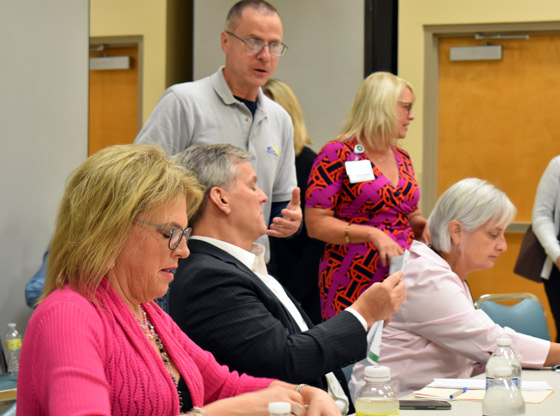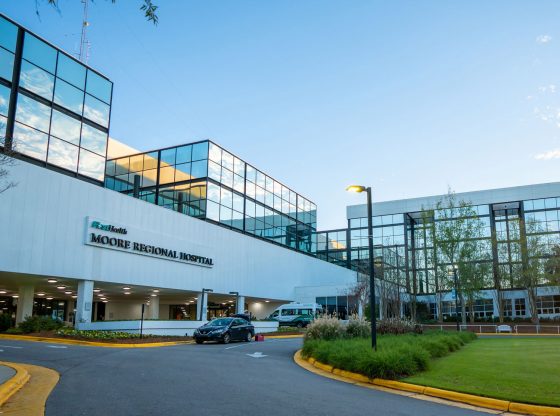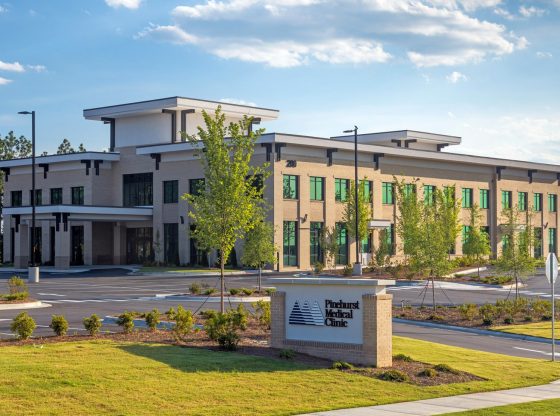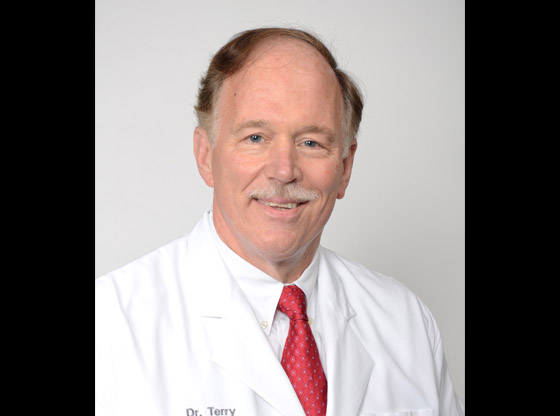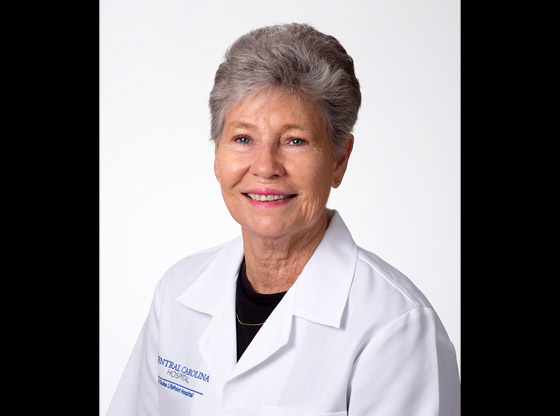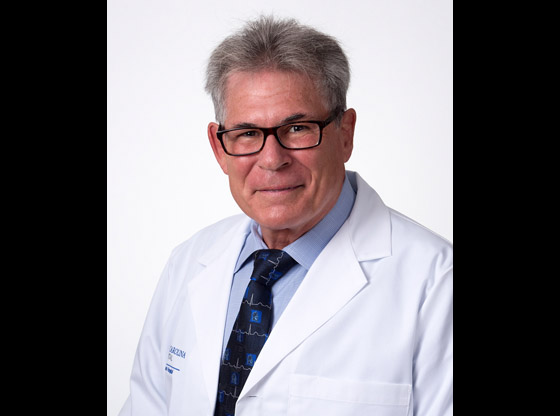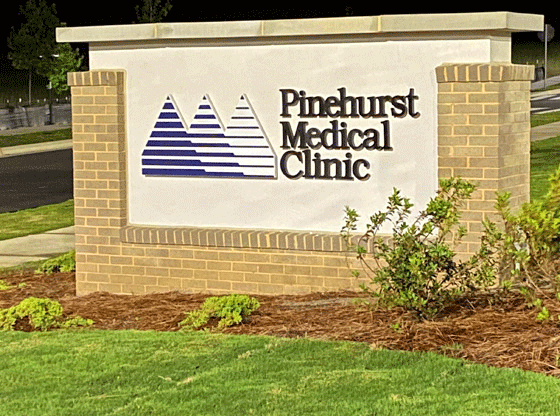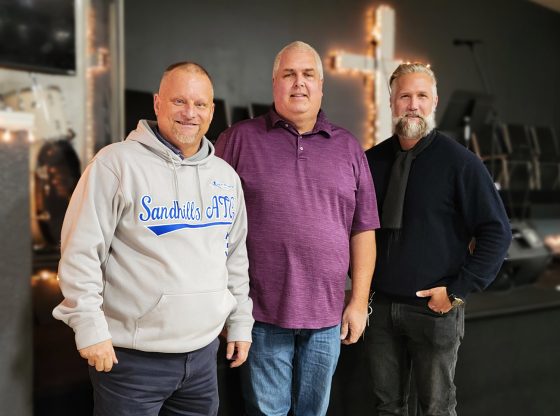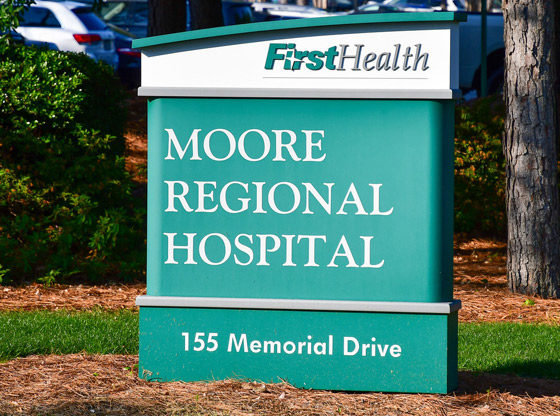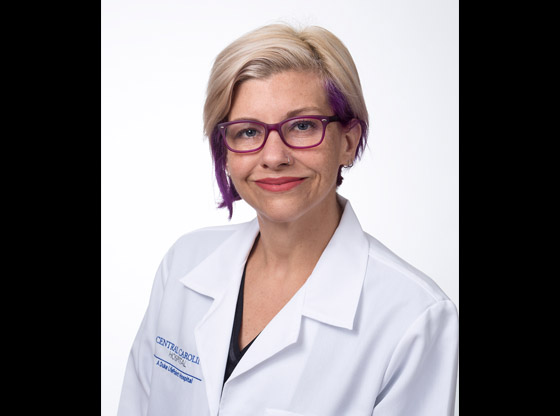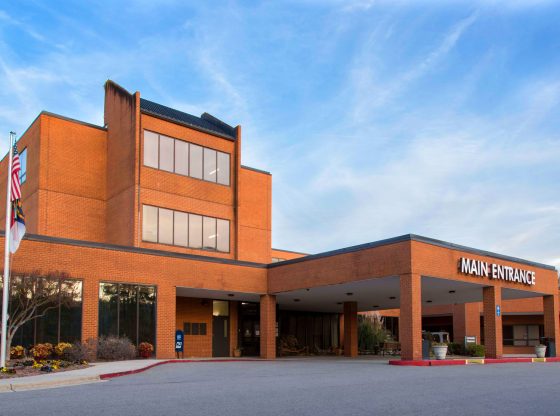N.C. Attorney General Josh Stein met with Moore County Commissioners and potential opioid-abuse treatment partners Sept. 26. They discussed how to best use the $6,258,160 being released to Moore County over the next 18 years to treat opioid addiction.
“We are in the deadliest moment in the deadliest drug epidemic in American history,” Stein said.
The problem for addicts needing the gold standard in treatment, which is medicated therapy, according to Stein, is that health care providers want to be paid, and North Carolina did not expand Medicaid.
Dr. Lou Davis, PhD operates a 23-bed abstinence treatment center, which will soon be a 40-bed in Union County.
“We hate to hear MAT [Medication-Assisted Treatment]. It does help the court system, but it does not help addicts get clean,” Davis said. “Until we are a treatment on demand state, we cannot help addicts get clean.”
Moore County Interim Health Director Matt Garner said different types of treatment help different individuals, and there is a place for all types.
Samaritan Colony’s Development Director Maggie Sergio said the facility has been in place for 47 years in Rockingham. She said 44% of patients are from Moore County. Patients must detox before entering the 12-step program.
“We don’t do MAT,” Sergio said.
“Recovery program needs to be evidence-based for funding,” Stein said.
Stein’s office shared the following when asked if the 12-step program would be funded:
“Support evidence-based addiction treatment consistent with the American Society of Addiction Medicine’s national practice guidelines for the treatment of opioid use disorder – including Medication-Assisted Treatment (MAT) with any medication approved for this purpose by the U.S. Food and Drug Administration – through Opioid Treatment Programs, qualified providers of Office-Based Opioid Treatment, Federally Qualified Health Centers, treatment offered in conjunction with justice system programs, or other community-based programs offering evidence-based addiction treatment. This may include capital expenditures for facilities that offer evidence-based treatment for OUD. (If only a portion of a facility offers such treatment, then only that portion qualifies for funding, on a pro rata basis.)”
The American Society of Addiction Medicine’s national practice guidelines for the treatment of opioid use disorder is available HERE.
In April 2021, a Memorandum of Agreement governing how North Carolina will use the proceeds of the distributor and Johnson & Johnson settlements and opioid companies’ bankruptcy resolutions was made public.
On Aug. 18, Moore County Attorney Misty Randall Leland laid out requirements, and the commissioners chose Option A.
Option A requires strategic planning with collaboration from all stakeholders. It requires that treatment uses evidence-based treatment, or Medication-Assisted Treatment, such as methadone, buprenorphine, or naltrexone.
Option A includes recovery support, housing support, job training, intervention, overdose support, criminal justice diversion and syringes.
Drug-related deaths have fallen in North Carolina, but Stein said he fears we will see an increase.
N.C. Attorney General Josh Stein met with Moore County Commissioners and potential opioid-abuse treatment partners Sept. 26, 2022 at the Carthage Agricultural Center.
Garner said the Sandhills Response Consortium has a peer support program. The program identifies goals and connects clients to services.
“They are successful because they lived through opioid addiction,” Garner said about the peer support program.
There are over 15 peer support specialists in Moore County and over 4,000 in the state.
Garner said in the year 2000, there were three opioid-related deaths, and deaths jumped to 14 in 2003. He said the average was around 12, when in 2008, the county held a roundtable to discuss prescription drug abuse.
Interim Health Director Matt Garner discusses local response programs to opioid abuse Sept. 26, 2022, at the Carthage Agricultural Center.
FirstHealth Policy Director Roxanne Elliot said the hospital has a Behavioral Health Department with a substance abuse specialist and is funded by grants. They detox patients, coordinate treatment in a variety of centers, and have 75 partners with the Sandhills Consortium.
“Even though we say we have a forty-eight to seventy-two response time, it is usually two hours,” Elliot said. “Our work has been highlighted in the White House. We do stigma training to help first responders understand addicts are somebody’s brother or mother.”
FirstHealth has helped 869 opioid-addicted patients. Most were uninsured.
“Over the past four years, The Sandhills Opioid Response Consortium has worked to implement evidence-based approaches to prevention, harm reduction, treatment and recovery for substance and opioid use disorder,” Elliott wrote in an email to Sandhills Sentinel. “The core of the work is the peer support specialist program. The peer support specialists strive to meet the individual where the individual is in their journey. Sometimes that means the peer is having a harm reduction discussion and sometimes that means the peers are linking an individual to detox and a treatment facility or a clinic that offers Medication for Opioid Use Disorder (MOUD). The Consortium respects all forms of treatment to include abstinence based and MOUD. The Consortium partners hope the opioid settlement funds will be used to expand services versus duplicating current efforts.”
Feature photo: Attorney General Josh Stein answers Dr. Lou Davis’ questions after the roundtable on opioid response Sept. 26, 2022, at the Carthage Agricultural Center. From left to right, are county court coordinator Michelle Ritter, Attorney General Josh Stein, standing- Dr. Lou Davis, Samaritan Colony Development Director, Maggie Sergio, and standing-First Health Roxanne Elliott, policy director.
~Article, photo, and videos by Sandhills Sentinel Journalist Stephanie M. Sellers. Contact her at [email protected].


